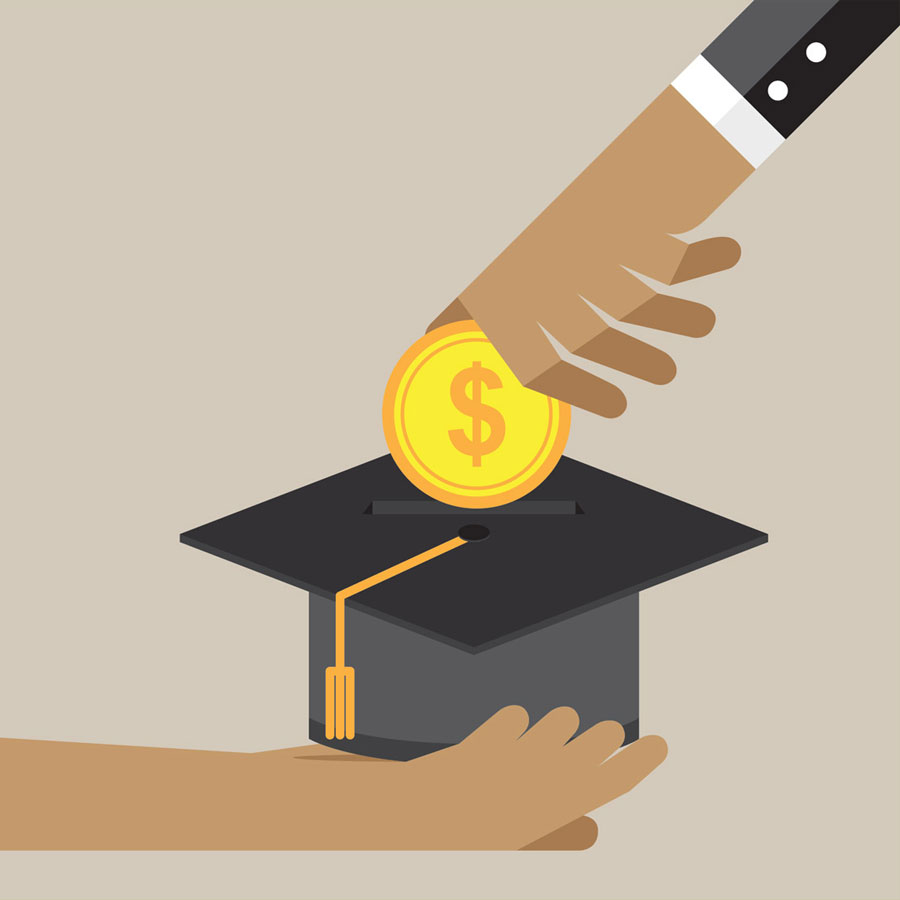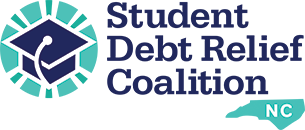
Take Control of Your Student Loans
Student loans are complicated to begin with, and most people take out student loans when they are young – it is often the first debt that many borrowers take out.
It can feel like a huge lift to take even the first step to managing your student loans, but you have the power to get informed and make decisions that can help you to see the light at the end of the tunnel.
Some key strategies for taking control of your student loans includes:
- Learn about your own loan situation! You may not be as familiar as you want to be with your own loans and the terms of them. You can get a bird’s eye view of your student loan situation by logging into StudentAid.gov and viewing all your loan details, and doing research into parts of your loan situation you don’t understand.
- Learn about your payment plan options and select the best one for you. For both private and federal loans, it’s important to know what you will owe, when you will owe it, and what flexibilities exist on your payment amount and total amount paid over time.
- Confront problems and questions head-on. Federal student loan servicers like MOHELA, EdFinancial, and others are contracted with the government to service your loans – they are responsible for making sure any issues you encounter are dealt with! Federal Student Aid (the Department of Education) is also a key resource for answering questions, addressing issues, and making complaints. When student loan issues aren’t addressed promptly, you can have negative impacts like delinquency or default, negative credit reporting, or paying more than you have to – these impacts can mean that other financial problems get bigger rather than more manageable.
To read more about some strategies to take control of your student loans, visit: https://www.consumerfinance.gov/paying-for-college/repay-student-debt/student-loan-debt-tips/#control
Income-Driven Repayment
Income-Driven Repayment plans set monthly federal student loan payments to a more affordable amount based on income and family size. Most federal student loan borrowers are eligible for at least one of these plans. Payments can be as low as $0 a month. There are four plans offered on the Federal Student Aid you can read more about on StudentAid.
In particular, borrowers struggling with their monthly payments should learn more about the newest IDR plan, SAving on a Valuable Education (SAVE).
The SAVE plan is important to know about for a few reasons:
- SAVE offers an “interest benefit,” which basically means that if your determined payment amount doesn’t cover your accrued interest each month, the remainder of the accrued interest will be waived. This means that if your monthly payments don’t cover all your interest, your balance won’t grow over time due to interest.
- All IDR plans are based on your income, but SAVE accounts for more of your day-to-day expenses by basing payments on a smaller percentage of your income than other IDR plans. This means it is often the lowest monthly payment for the majority of borrowers.
- Beginning in February 2024, being on the SAVE plan will offer “early IDR forgiveness” for individuals whose original loan balances were lower – see more about forgiveness in our other resources.
Fresh Start for Defaulted Loans
If you have defaulted on your student loans in the past, it can have major implications for your credit score, future payment options, and other financial impacts.
You can get out of default through a few methods, but through the Fresh Start program, you can get special benefits that will help to stop collections, improve credit reporting, and make borrowers eligible for other government loans or student loans. This opportunity is only available through September 2024!
